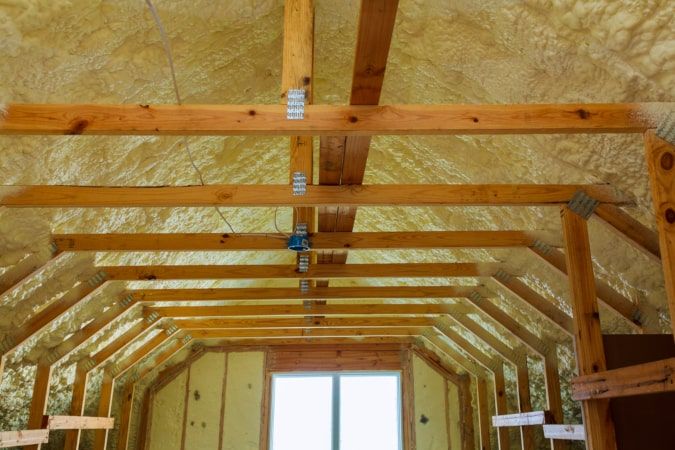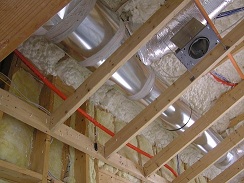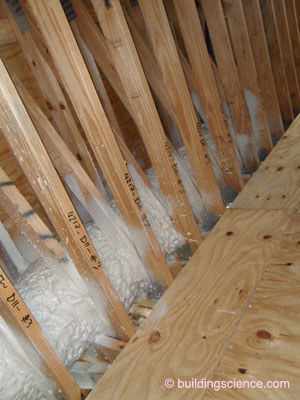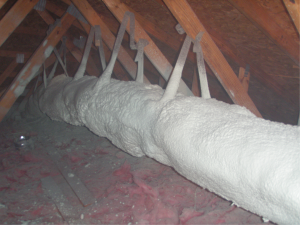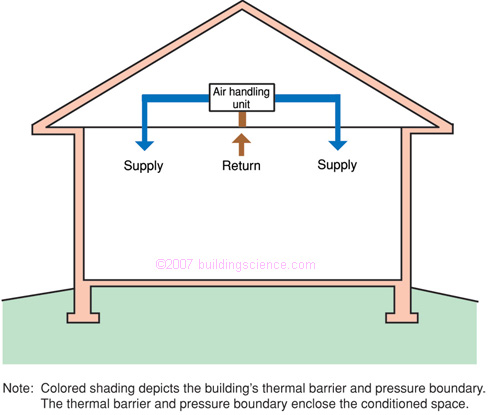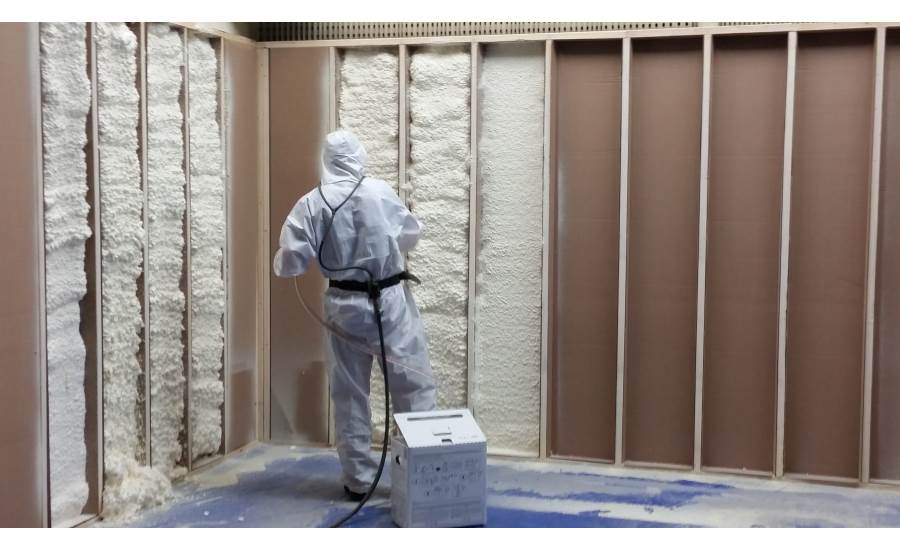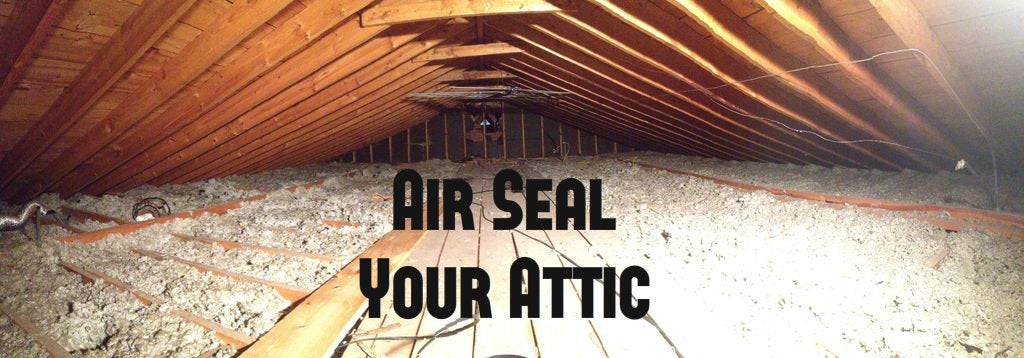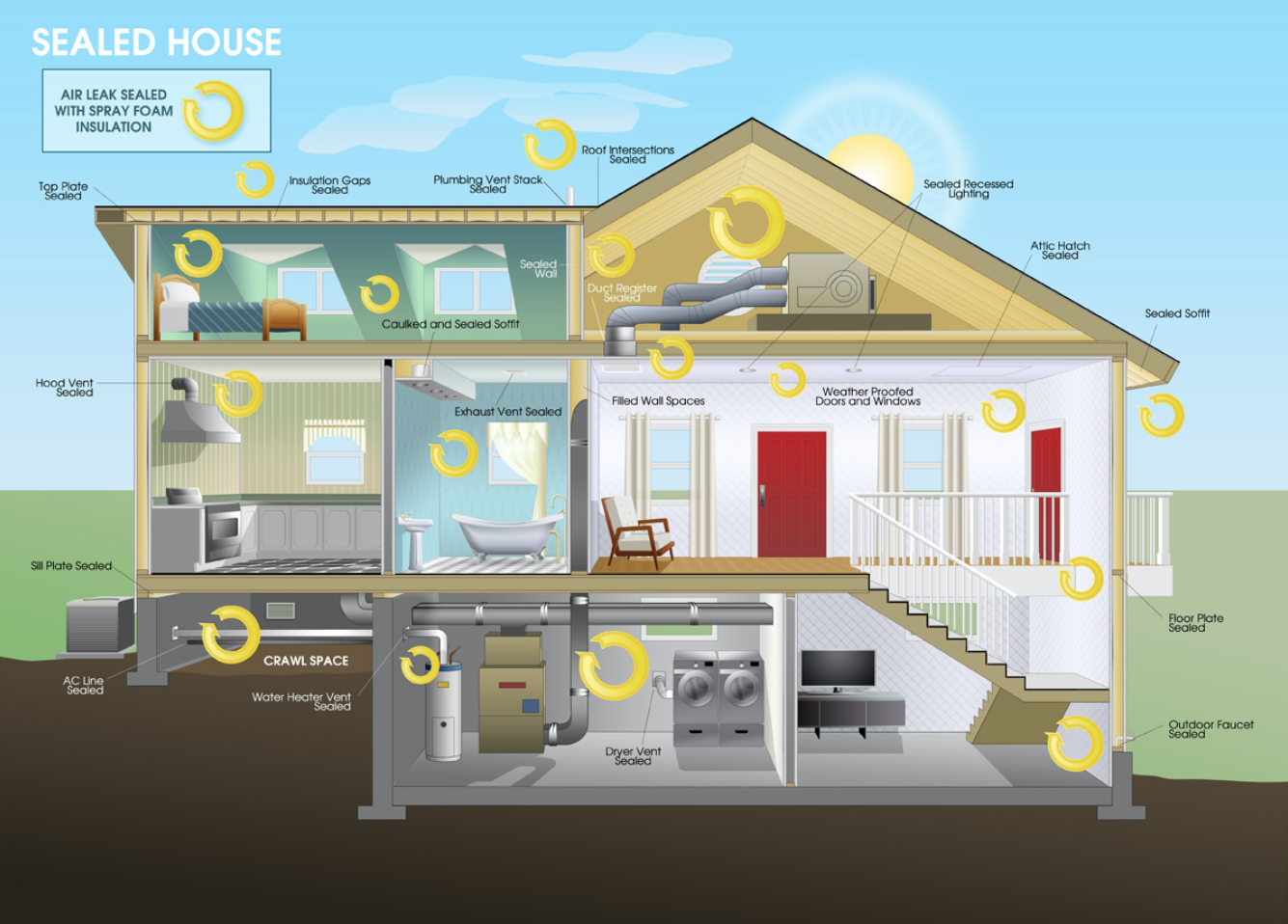Pressure Spray Attic

The attic isn t getting much ventilation so humidity can accumulate inside.
Pressure spray attic. Oh and when you put it in your attic spray foam insulates the attic itself. You could be thinking of doing it on your own but it is easier said than done. Many homeowners love spray foam for the reasons stated. This spray foam is applied as a low or high pressure two component polyurethane spray foam that can be applied onto walls in unvented attics to ducts and ceilings and in vented attics and crawl spaces.
However positive pressure can force dusty smelly attic air into your living space through unsealed air gaps. Stay away from slippery surfaces. You ll have to monitor the relative humidity rh in the attic for awhile to see if the air is holding moisture. It is also known to act as an air barrier however unfortunately it will not protect against vapor and moisture intrusions.
And as we all know attic air isn t exactly um super clean. Mold in the attic or anywhere for that matter can be a health and safety hazard when you spot it you have to act fast. As for whether you should use spray foam we are a neutral party. Sometimes sealing the top plate in a spray foamed attic can create humidity problems.
Water may flow into your attic causing a greater havoc. While this pressure can feel overwhelming there are several ways for you to tackle your mold problem the diy way before you have to call in a professional. Well positive pressure could force attic air into your home. Soffit cleaning requires a soft pressure washer and a low pressure nozzle.
We are neither pro spray foam nor anti spray foam. Be aware of the falling debris when you pressure wash. A high pressure water blasting can be dangerous for your attic. At pv we recognize that spray foam is an insulation choice that some people make for their homes.
